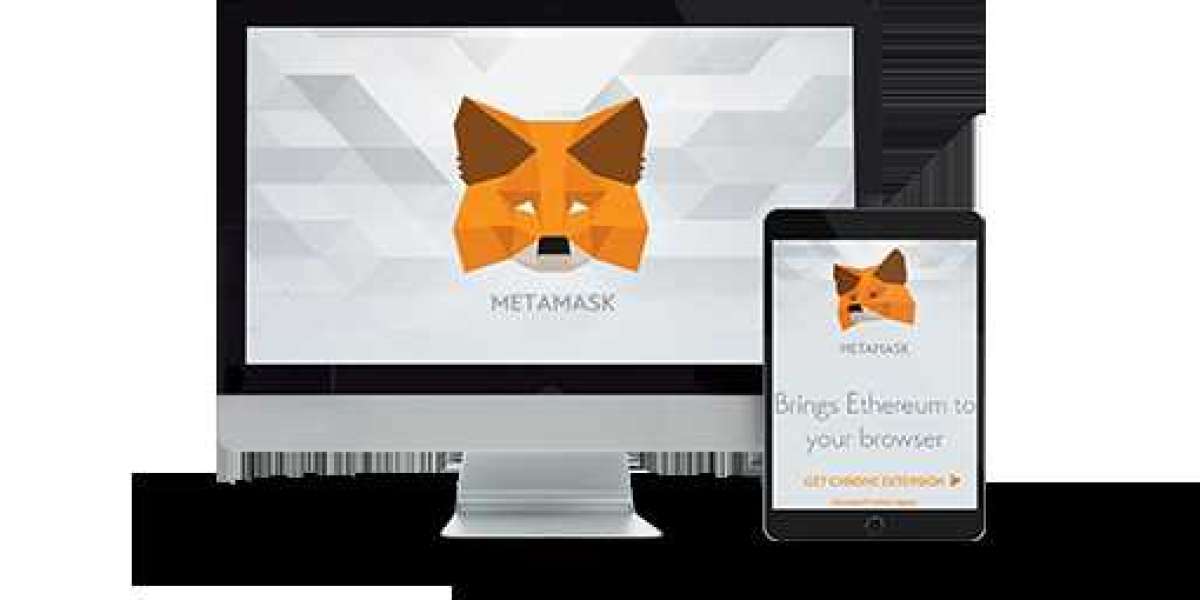Introduction
Augmented Reality (AR) has revolutionized the way we interact with technology, blending digital elements with the real world. As the popularity of AR continues to soar, so does the potential for developers to monetize their creations. In this article, we delve into the various monetization strategies tailored specifically for augmented reality app development.
Understanding Augmented Reality App Development
Before diving into monetization strategies, it's crucial to grasp the fundamentals of augmented reality app development. AR apps overlay digital information onto the user's view of the real world, enhancing their perception and interaction with their surroundings. These apps utilize technologies such as computer vision, depth sensing, and geolocation to create immersive experiences.
Key Considerations in Monetizing Augmented Reality Apps
Freemium Model: The freemium model offers basic features for free while charging users for premium content or additional features. AR app developers can provide a basic version of their app for free to attract users and then offer in-app purchases for advanced features, special content, or virtual goods. This strategy capitalizes on the app's initial popularity and allows for continuous revenue generation through in-app purchases.
In-App Purchases: In-app purchases enable users to buy virtual goods, upgrades, or additional content within the app. For augmented reality apps, in-app purchases can include virtual items like skins, filters, 3D models, or premium AR experiences. By offering compelling virtual goods or exclusive content, developers can entice users to make purchases, thereby monetizing their app effectively.
Subscription Model: The subscription model involves offering access to premium features or content for a recurring fee. AR app developers can implement subscription-based monetization by providing users with exclusive AR experiences, content updates, or access to advanced features for a monthly or yearly subscription fee. This approach fosters a steady stream of revenue and encourages ongoing engagement from subscribers.
Advertising: Advertising presents another lucrative monetization avenue for augmented reality apps. Developers can integrate advertisements seamlessly into the AR experience, such as sponsored AR filters or branded virtual objects. Additionally, AR apps can leverage location-based advertising to deliver targeted ads based on the user's geographical location, enhancing relevance and engagement. By partnering with advertisers or ad networks, developers can earn revenue through ad impressions, clicks, or sponsored content placements.
Sponsorship and Brand Partnerships: Sponsorship and brand partnerships offer an opportunity for developers to collaborate with businesses and brands to create branded AR experiences. These partnerships can involve developing custom AR filters, games, or promotional campaigns tailored to the brand's objectives. In exchange, developers receive financial compensation or exposure to a wider audience through the brand's marketing channels. By aligning with relevant brands, developers can monetize their AR apps while delivering value to users and sponsors alike.
Licensing and White Labeling: Developers can monetize their augmented reality apps by licensing their technology or offering white-label solutions to businesses. This involves granting other companies the rights to use the AR app's technology or branding for their own purposes, such as integrating AR features into their products or services. By licensing their technology, developers can generate revenue through upfront licensing fees, royalties, or revenue-sharing agreements, while expanding the reach of their AR platform.
Sponsorship and Grants: In addition to traditional monetization methods, developers of augmented reality apps can explore sponsorship opportunities and grants from organizations, government agencies, or technology companies. These sponsorships and grants can provide financial support for app development, research, or innovation in AR technology. By securing sponsorships or grants, developers can fund their projects and accelerate their growth without solely relying on user-generated revenue.
Conclusion
Monetizing augmented reality apps requires a strategic approach that aligns with the app's target audience, content, and value proposition. Whether through in-app purchases, subscriptions, advertising, brand partnerships, licensing, or sponsorship, developers have a plethora of monetization strategies at their disposal. By leveraging these strategies effectively, augmented reality app developers can not only generate revenue but also enhance user engagement, drive growth, and shape the future of AR technology. As the AR landscape continues to evolve, staying innovative and adaptable will be key to maximizing monetization opportunities in this dynamic industry.








